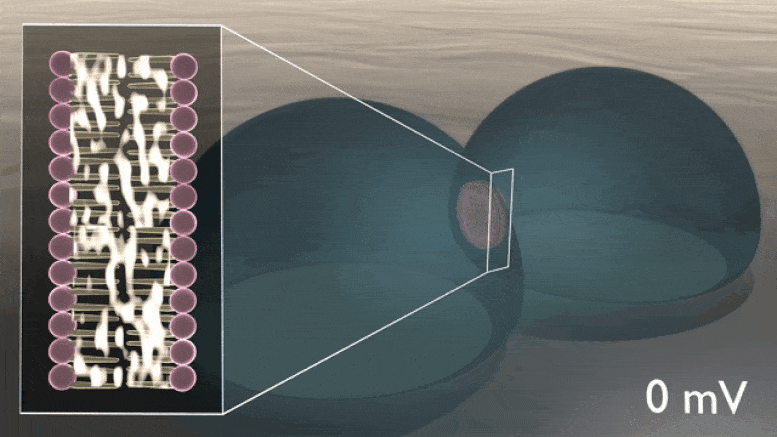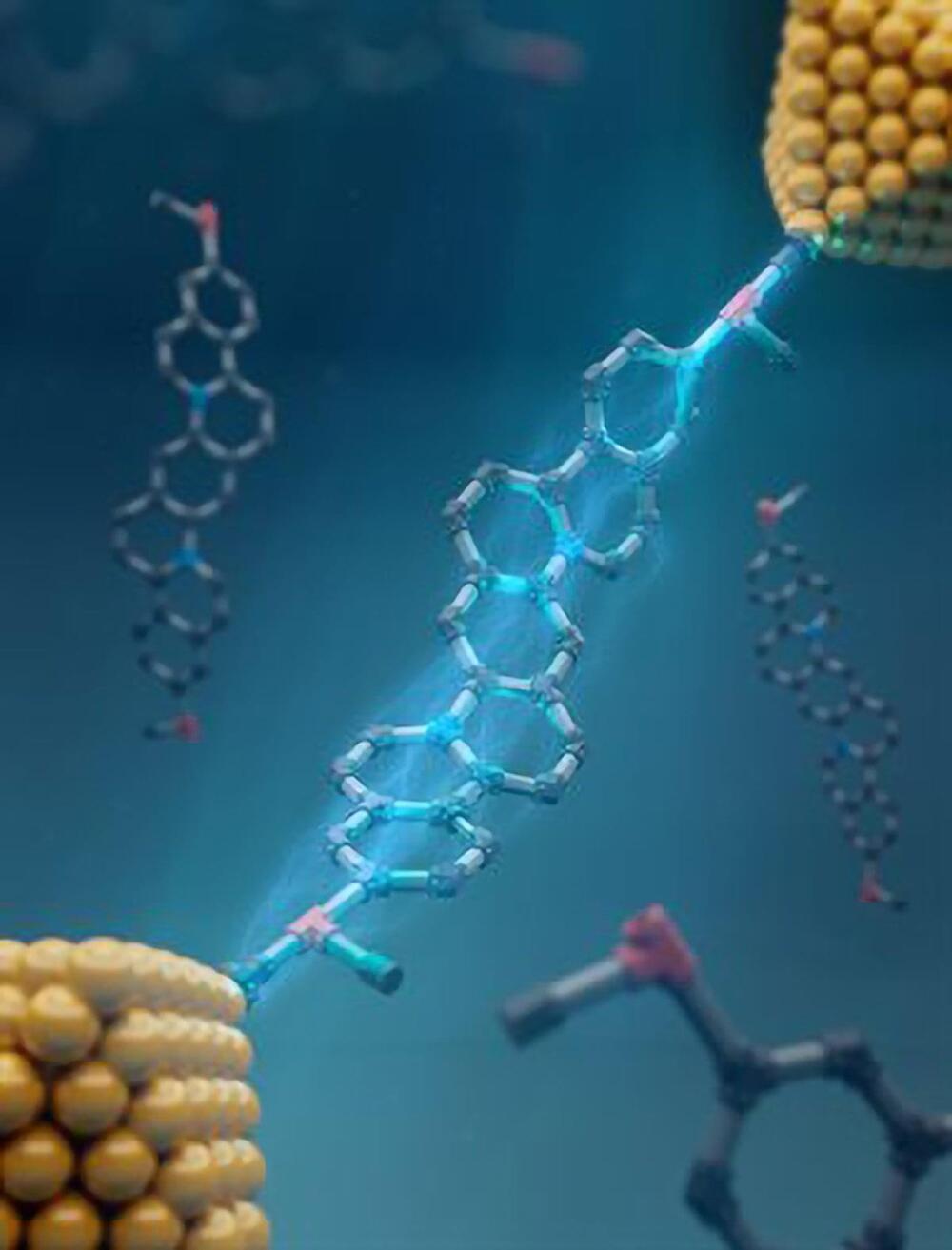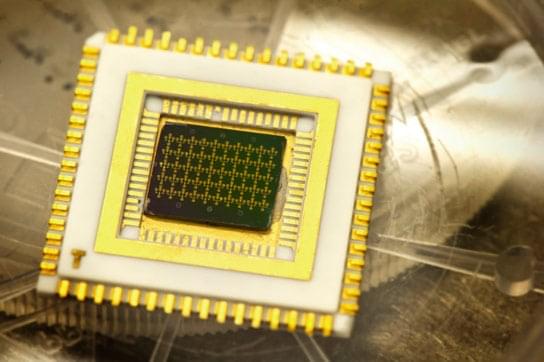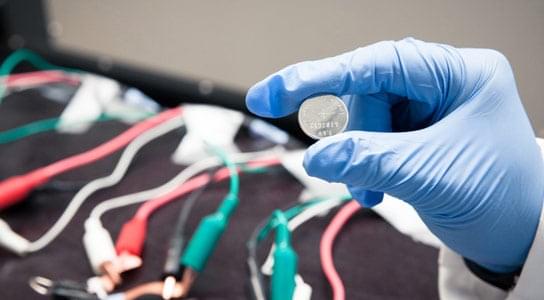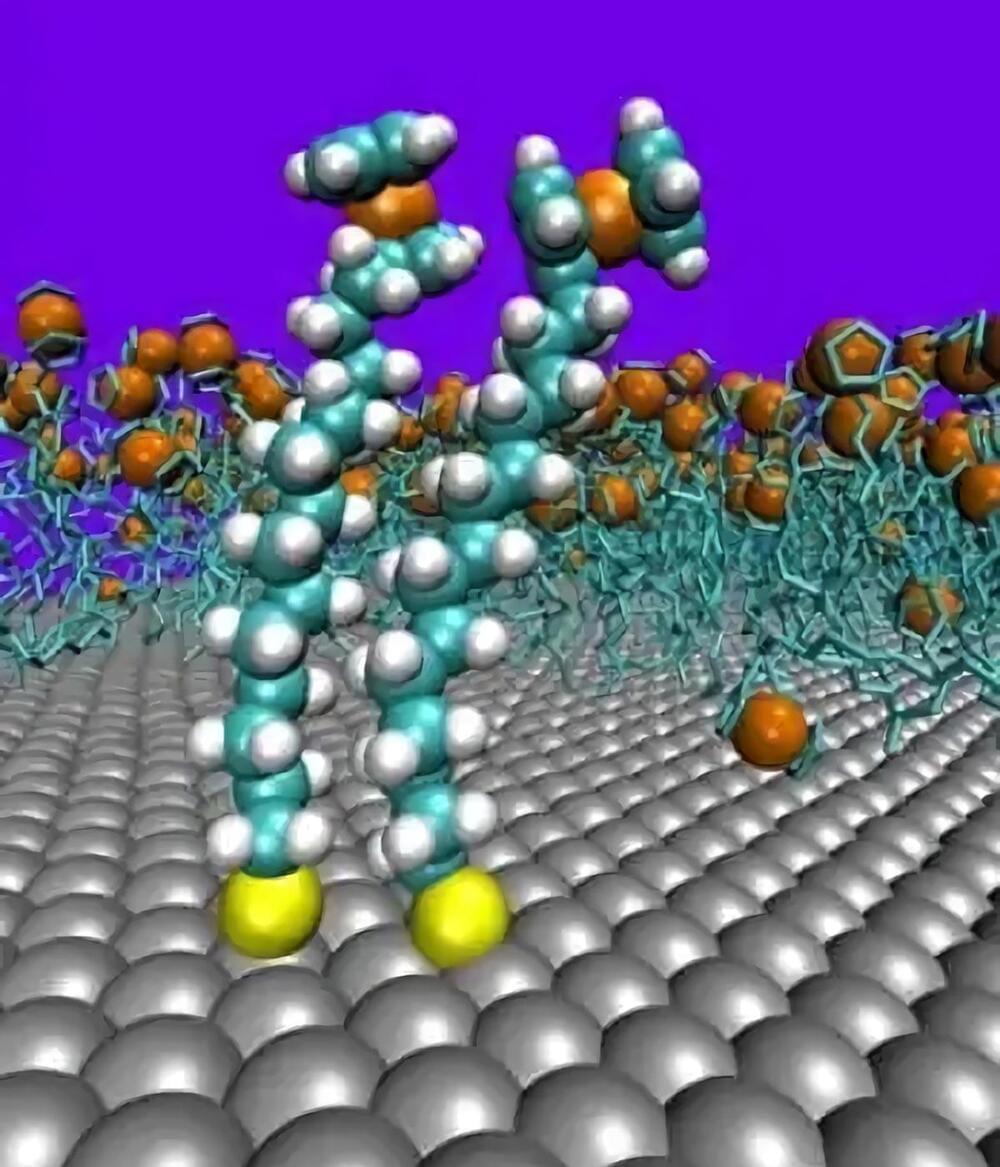Oct 12, 2024
Revolutionary Technology Unlocks Quantum Material Secrets at Atomic Level
Posted by Dan Breeden in categories: computing, quantum physics
Oak Ridge National Laboratory’s new RODAS technology provides detailed insights into atomic changes in materials, critical for advancing quantum computing.
The method’s ability to analyze materials like molybdenum disulfide without damaging them marks a significant improvement over traditional techniques, offering potential breakthroughs in material science.
A team of researchers led by the Department of Energy’s Oak Ridge National Laboratory has developed a novel method for observing changes in materials at the atomic level. This technique opens new avenues for advancing our understanding and development of materials critical for quantum computing and electronics.

